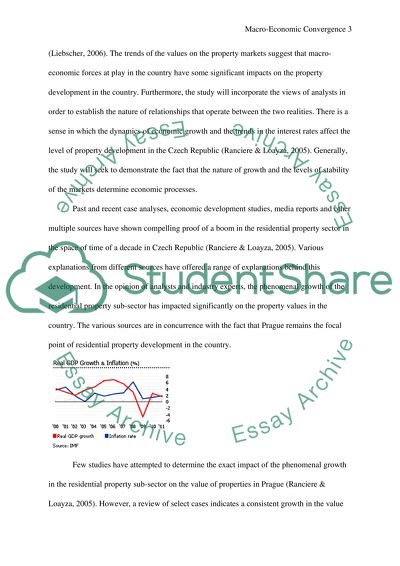Cite this document
(“Macro-Economic Convergence. Property sector growth in Prague Essay”, n.d.)
Retrieved from https://studentshare.org/macro-microeconomics/1401037-macro-economic-convergence-property-sector-growth-in-prague
Retrieved from https://studentshare.org/macro-microeconomics/1401037-macro-economic-convergence-property-sector-growth-in-prague
(Macro-Economic Convergence. Property Sector Growth in Prague Essay)
https://studentshare.org/macro-microeconomics/1401037-macro-economic-convergence-property-sector-growth-in-prague.
https://studentshare.org/macro-microeconomics/1401037-macro-economic-convergence-property-sector-growth-in-prague.
“Macro-Economic Convergence. Property Sector Growth in Prague Essay”, n.d. https://studentshare.org/macro-microeconomics/1401037-macro-economic-convergence-property-sector-growth-in-prague.


